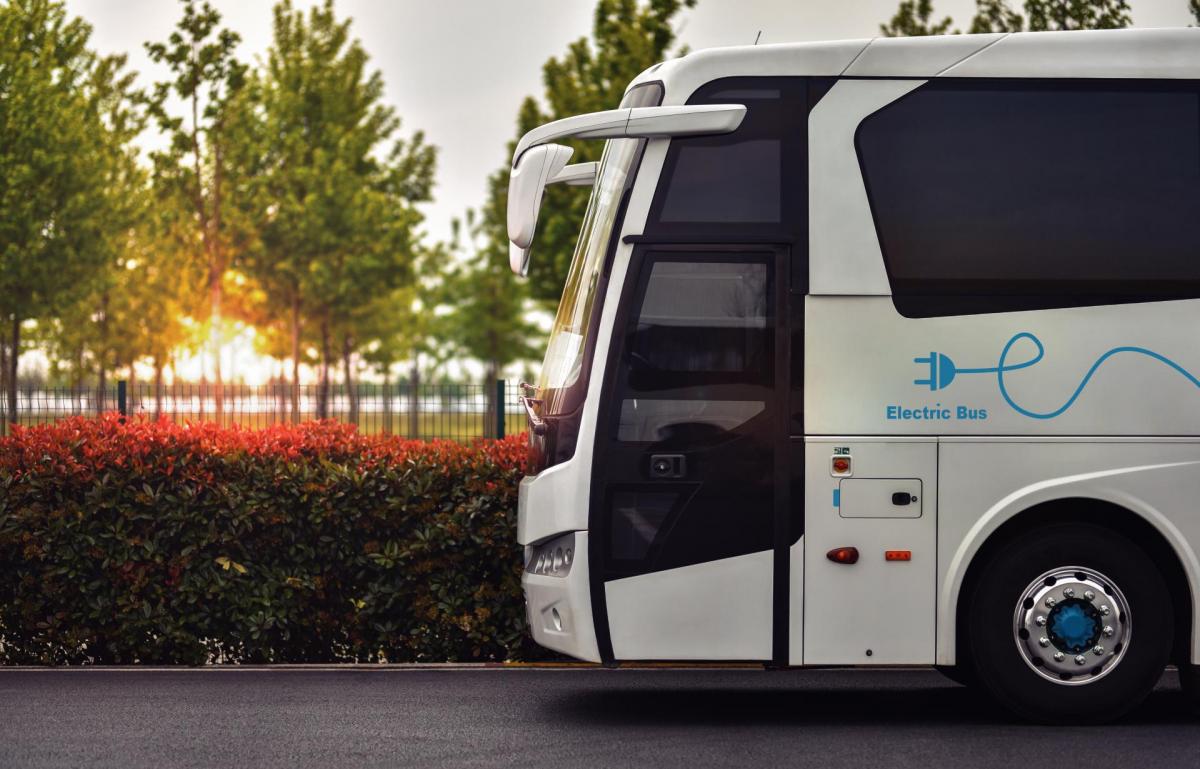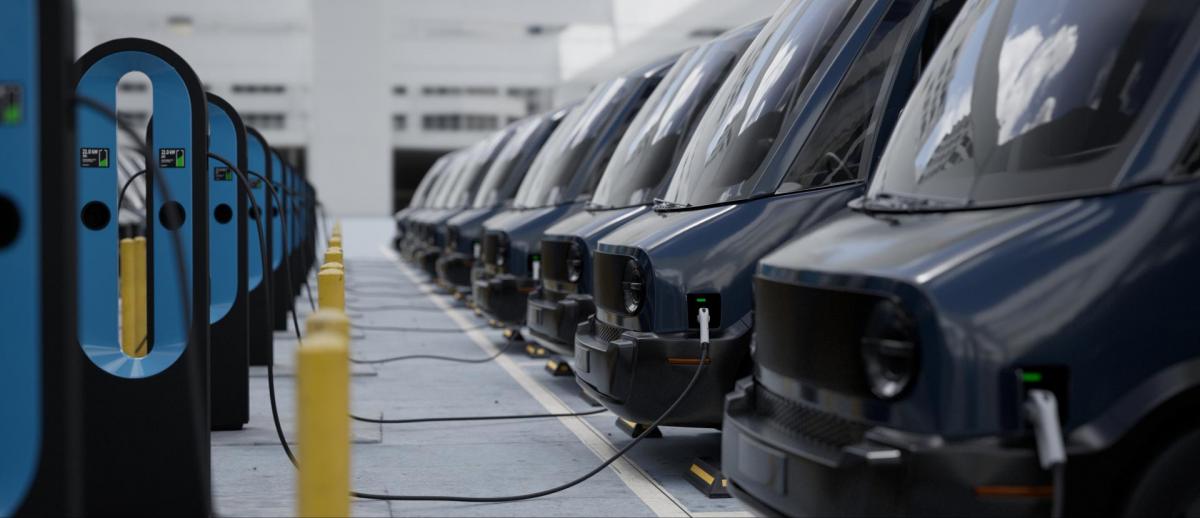Cities can be powerful leaders for climate action
From morning street sweepers and water delivery vehicles to weekly garbage trucks and transit buses, cities of all sizes use fleets of trucks and buses to carry out essential services. These vehicles are key to day-to-day city operations and are a significant investment for cities. Each year, cities spend millions of dollars acquiring and maintaining their fleets.
Despite their necessity, there is no denying that these heavy trucks contribute to climate change and increased greenhouse gas emissions in our communities. According to the California Air Resources Board (CARB), trucks comprise 6% of vehicles on the road but account for 25% of California’s statewide, on-road greenhouse gas emissions. Not surprisingly, communities located near warehouses and heavy trucking corridors have some of the worst air in the nation.
Reducing emissions from heavy trucks and other large vehicles is key to California’s efforts to slow the impacts of climate change and improve the quality of the air we all breathe. And because of the sheer quantity of these vehicles owned and operated by local jurisdictions, cities are front and center in this effort.
In fact, cities throughout California are leading the way on climate programs that embrace zero-emission vehicles, create clean jobs, and reduce pollution from the transportation sector.
However, reducing greenhouse gas emissions — particularly through the transition to zero-emission vehicles — does not come without significant challenges. That’s why the League of California Cities is working closely with CARB on their recently adopted advanced clean fleet rule, which regulates medium-and heavy-duty local agency vehicles. The regulations require local municipal fleets to begin transitioning to zero-emission trucks as soon as next year. By 2024, local agencies must make half of their fleet purchases zero-emission vehicles. This requirement ramps up to 100% by 2027.
Since the regulations were first proposed two years ago, Cal Cities has expressed strong concerns about the rule’s timing, cost, and implementation, and successfully secured several exemptions and extensions that provide greater flexibility for cities. Despite this breathing room, the new regulations still present a variety of implementation challenges.
For starters, there’s a supply problem. According to some projections, the quantity of medium-and heavy-duty electric trucks that cities need will not be commercially available in time for the state’s deadlines. Additionally, zero-emission vehicles are not necessarily a one-for-one replacement: More electric trucks are needed to move the same amount of freight.
And then you have the cost. Fleet owners are just now understanding what it takes to operate and maintain these trucks. What they have learned so far is they are significantly more expensive. Medium- and heavy-duty zero-emission vehicles routinely cost 400-600% more than their typical combustion engine counterparts. For cities, this could mean passing the costs to taxpayers in the form of higher taxes and fees unless the state or federal government provides grants to fund the transition. And for many cities that have adopted a two-year budget, they will have to shift millions of already allocated dollars from services like public safety, road and street repair, homelessness programs, and libraries to transform their service yards and acquire new vehicles.
Cal Cities is diligently seeking solutions to these challenges. As part of an active group of stakeholders coordinating the implementation process, Cal Cities is urging CARB to provide technical assistance to cities, streamline grant funding opportunities, and create a database that includes a list of zero-emission vehicles that are available for purchase. Cal Cities is also advocating in the Legislature for additional carveouts, exemptions, and grant opportunities to support cities as they implement the new regulations.
As the transition to electric fleets gets underway, I am reminded that cities are powerful laboratories for innovation and progress. In the face of an ever-evolving environment of new technologies, policy changes, and regulations, cities always find ways to lead from the front. I am confident that cities will do the same implementing the state’s new clean fleet rules. I’m also confident that Cal Cities will be a strong partner to cities in this transformation, fighting to ensure cities have the tools, resources, and know-how to implement the new regulations.


